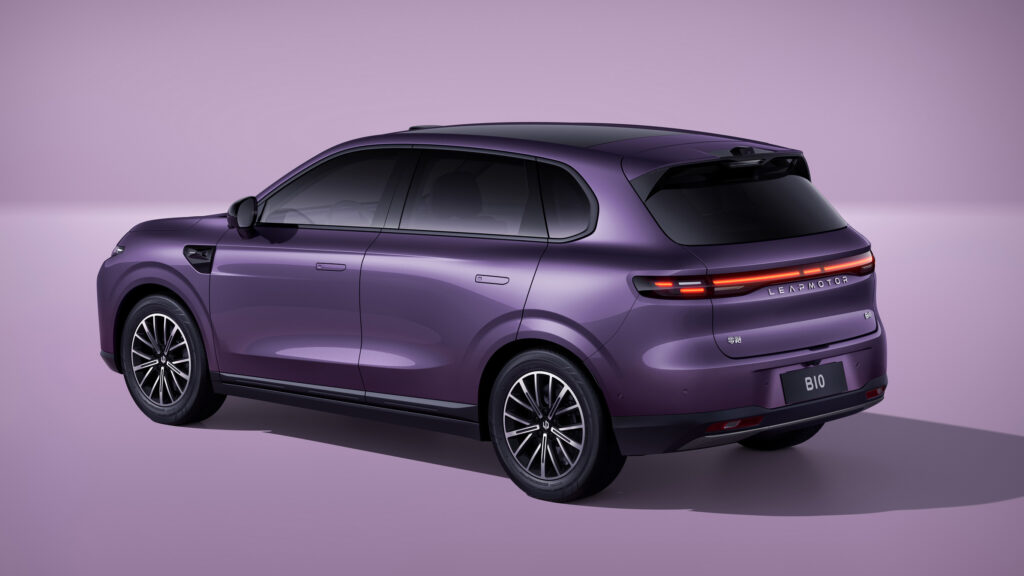Skywell Q Is A Cute Electric Hatch With 201 HP And A Claimed 0-62 MPH In 3.9 Seconds
- The flagship version of the Q can travel over 300 miles (482 km) on a charge.
- Skywell says the EV needs just 20 minutes to charge from 10-80%.
- British sales of the new model will start in the third quarter of 2025.
Ah, the humble hatchback. While this body style has fallen out of favor in many parts of the world and been replaced by compact yet high-riding crossovers, China’s Skywell has unveiled an intriguing new electric hatchback at the Paris Auto Show. It makes us wish more cars like this existed instead of the new cookie-cutter crossovers we see unveiled every other week.
The new model, known simply as the Skywell Q, will be available with two battery packs, although their capacities haven’t been announced. What we do know is that the flagship battery will give the hatch a touch over 300 miles (482 km) of range on a charge. All Skywell Q models come standard with a single electric motor driving the front wheels and producing 201 hp or 150 kW.
Read: Skyhome Electric Sedan Is A Private Jet On Wheels With A Fridge, Huge TV And Reclining Seats
Remarkably, Skywell says the Q needs just 3.9 seconds to hit 62 mph (100 km/h). For an EV that likely weighs quite a lot, has ‘just’ 201 hp, and is front-wheel drive, that time is a little hard to believe. We’ll have to wait until deliveries begin to see if the Q is as brisk as Skywell claims it is.
The Chinese brand has equipped the car with DC fast charging and says the flagship model needs just 20 minutes for its battery to be topped up from 10% to 80%.
Visually, the Q looks quite cute. It’s 4,297 mm (169.1 inches) long, 1,836 mm (72.2 inches) wide, and stands 1,536 mm (60.4 inches) tall, and comes standard with an aggressive front fascia that includes an LED light bar and a blacked-out lower grille. The side profile of the hatch is particularly bold, with dramatic creases on the doors and small vertical slits directly behind the front wheel arches, similar to the slits found on the Porsche Taycan.

Other intriguing design elements of the car presented in Paris include side skirts and a rear diffuser that looks to be made from faux forged carbon fiber. The Q also has aero covers on the wheels to improve efficiency and an LED light bar out back.
The interior is quite minimal but appears well-equipped. There’s a large panoramic glass roof, configurable ambient lighting, bright orange accents, and a large 15.6-inch infotainment display. Skywell has also added an eight-speaker Metz audio system and a small touchscreen for rear-seat passengers.
The company has yet to confirm all of the markets it plans to sell the Q. We do know the UK will be one of them, and they will start to receive the first examples in the third quarter of 2025. It will be sold with a 7-year, 100,000-mile warranty and an 8-year, 155,000-mile warranty for the battery.


